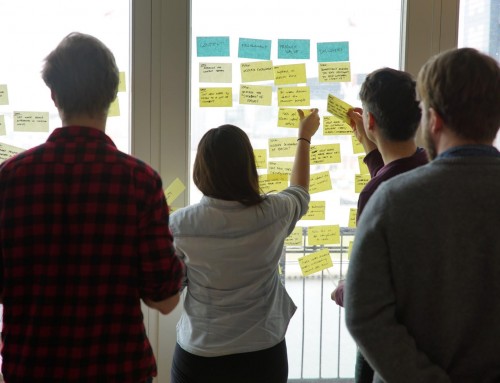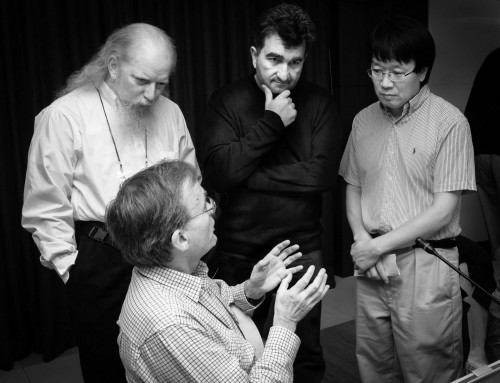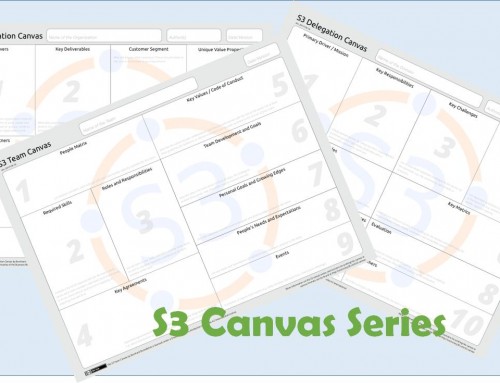Brown-Bag Lunch
Main Takeaways
Reading Time: 2 minutes Brown bag lunches are a format for internal employee training. They are an opportunity for employees to gather at lunchtime to share information about topics of interest in an informal setting. The meetings are either structured or unstructured and are used to transfer knowledge, solve problems, brainstorm and build trust among attendees.
Description of Brown-Bag Lunch
Brown bag lunches are a format for internal employee training. They are an opportunity for employees to gather at lunchtime to share information about topics of interest in an informal setting. The meetings are either structured or unstructured and are used to transfer knowledge, solve problems, brainstorm and build trust among attendees.
The original concept of brown bag lunches referred to the brown paper sacks that employees might pack for their lunch at work.
Brown bag lunches are a fun, motivating approach to sharing information. They enhance teamwork and company values and increase employee engagement and motivation.
Types of Brown-Bag Lunch
There are four types of brown bag meetings, seminar, small group, mix and social.
- The seminar type is the most widely used format to transfer knowledge and experience to attendees. You can run it in two different flavours. Invited a guest speaker to talk for a specific period on a selected topic. Or invite members of a team or department to give a talk. You can make a team/department round robin for several events.
- In the small group type, each person at the table answers a pre-defined question. After the person answers the question, the other people can comment, ask for further explanation or discuss the responses. The process repeats until all the people at the table answer the question. This format allows for maximum transfer of knowledge and experience.
- The mixed type merges features of the seminar and small group types. The meeting begins with a speaker that presents a topic for a limited time. After the speaker concludes, the remainder of the time is spent in a small group format. This format is useful for problem-solving and brainstorming.
- The social type allows people at a small table to get to know each other and learn each person’s job role. This format is very useful when teams are created newly or departments were merged. It builds trust between the people involved.
Further Reading
- Brown Bag Meeting, Investopedia.com.
- Susan M. Heathfield: Use a Brown Bag Lunch for Internal Training. Why You Want to Offer Brown Bag Lunches and Other Internal Training. TheBalance.com, Oct. 12, 2016.
- Susan M. Heathfield: Brown Bag Lunches: Topics for Sharing and Fun. Why Employers Might Want to Offer Brown Bag Lunches. TheBalance.com, Oct. 12, 2016.







Leave A Comment